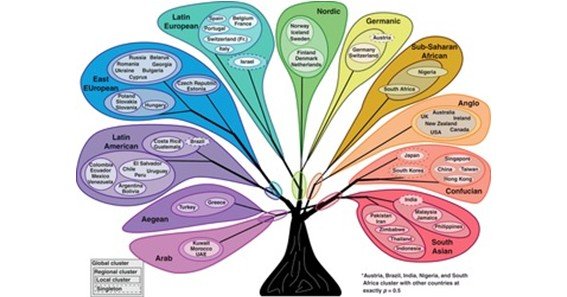In online and extremist circles, fm 1488 is a numeric code that carries significant, controversial meaning. While “1488” is known in certain contexts as a hate symbol—deriving from the “14 Words” slogan and the number “88” as a coded salute—its appearance alongside “fm” raises questions about its intended context. In this blog post, we delve into the origins and usage of fm 1488, examine the cultural and ideological issues it raises, and offer a critical look at its impact on digital discourse.
Unpacking the Components of FM 1488
Historical Origins and Symbolism
The number 1488 combines two elements that have become widely recognized in extremist communities:
-
14: Refers to the phrase “We must secure the existence of our people and a future for white children,” a slogan often abbreviated as “14 Words.”
-
88: Commonly used as an abbreviation for “Heil Hitler” (with “H” being the 8th letter of the alphabet).
When prefixed with “fm,” the term may appear in contexts such as online streaming, radio channels, or branding efforts by groups that wish to use these coded messages. The usage is highly controversial, as these numbers are deeply associated with hate ideologies and extremist propaganda.
Usage in Digital and Social Media
In the digital realm, fm 1488 may surface as part of usernames, channel names, or other online identifiers. Its appearance on platforms—whether intended to shock, provoke, or signal affiliation with white supremacist beliefs—has spurred extensive debate among social media moderators and researchers. Many platforms have policies aimed at curbing hate symbols while ensuring that academic and critical discussions remain permissible.
The Cultural Impact and Response
Extremist Associations Versus Critical Examination
It is important to note that while the numeric sequence “1488” is widely recognized as a hate symbol, scholarly and journalistic efforts sometimes examine its spread and adaptation. Researchers analyze how extremist groups appropriate such codes, the challenges platforms face in moderating hate speech, and the broader sociocultural impact on public discourse.
Community and Policy Responses
Governments and social media companies are continuously working to identify and limit hate speech. The use of symbols like fm 1488 has, in many cases, led to the development of stricter content moderation policies and public awareness campaigns designed to counter extremist narratives. Simultaneously, academic studies continue to investigate how these symbols evolve over time and across digital landscapes.
Frequently Asked Questions
1. What does fm 1488 mean?
FM 1488 is a numeric code where “1488” is commonly associated with extremist ideologies—the “14” stands for the white supremacist slogan “14 Words,” and “88” is used as shorthand for “Heil Hitler.” The “fm” prefix can sometimes indicate its appearance on digital or radio platforms.
2. Where did the numbers 14 and 88 originate from?
The number 14 is linked to a slogan promoting white supremacist beliefs, while 88 is derived from the 8th letter of the alphabet (“H”) repeated twice, often interpreted as a coded salute to Hitler. Together, these numbers have become infamous symbols in hate group iconography.
3. In what contexts might one encounter fm 1488?
FM 1488 may appear on social media, online streaming channels, or as part of usernames and branding by those attempting to signal their extremist leanings. It can also be a subject of analysis in academic research and hate speech moderation discussions.
4. How are online platforms addressing the use of fm 1488?
Many social media platforms and online communities have policies against hate symbols and extremist content. They often use automated tools and human review to identify and remove or flag content that includes hate codes like 1488, while still supporting legitimate academic and journalistic discussion.
5. Is the term fm 1488 used in any non-extremist contexts?
Due to its strong associations with hate ideologies, fm 1488 is predominantly encountered within extremist circles or in discussions critiquing hate symbols. There is little evidence of its benign use in mainstream media; however, researchers and educators may analyze it to understand and counteract extremist communication strategies.
FM 1488 remains a charged and controversial term in modern discourse. By dissecting its origins and the contexts in which it appears, we gain insight into how extremist symbols are disseminated and the responses mounted by communities and policymakers. This analysis of fm 1488 serves as an important reminder of the impact of symbolic language and the ongoing challenges in regulating hate speech in our digital age.
Keep reading for more information on green-dragon-madison-fl










